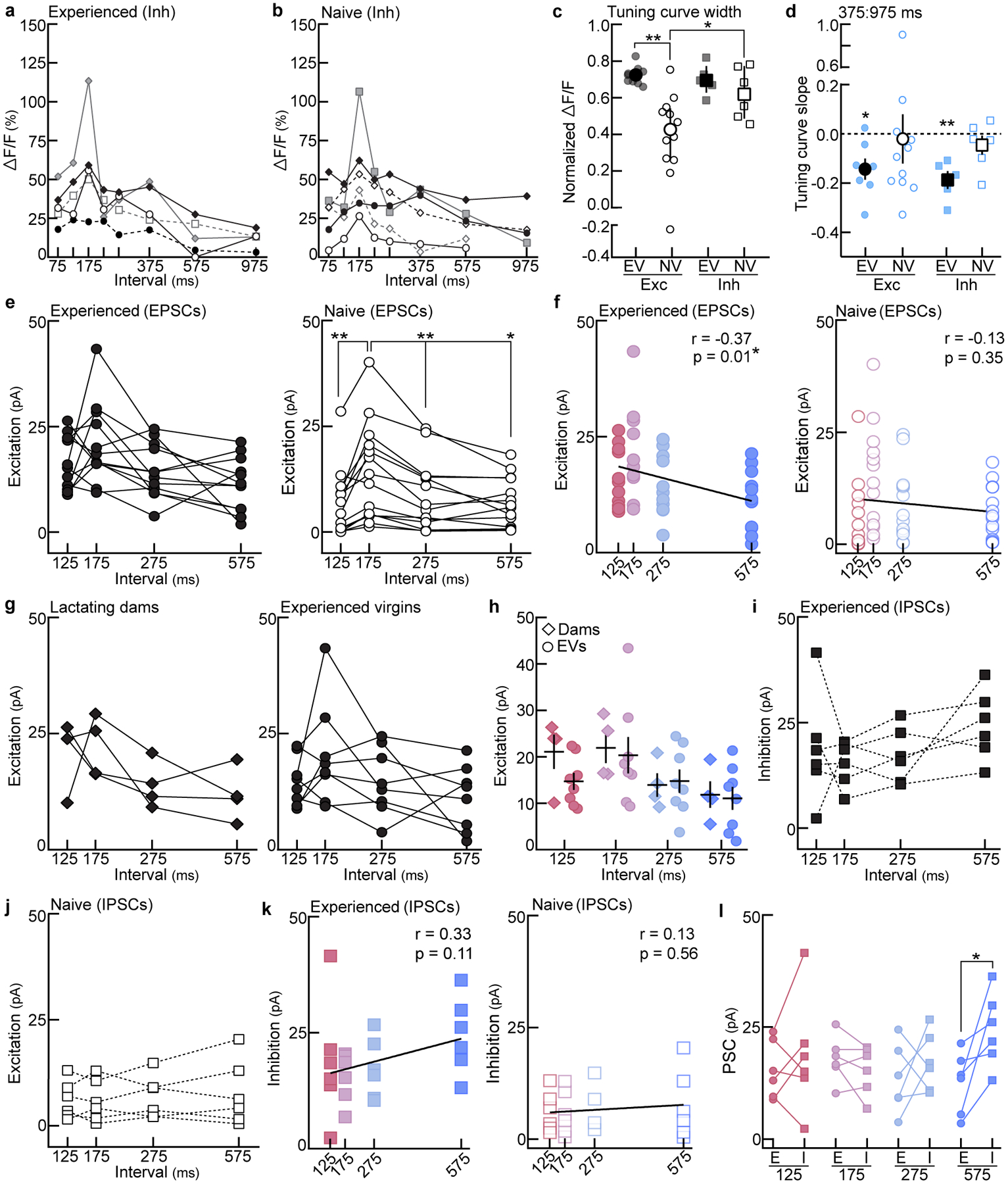Extended Data Figure 6. Experience-dependent neuronal and synaptic temporal tuning in auditory cortex.

a, Interneuron temporal tuning curves from experienced virgins (‘EVs’; N=5 mice). Each line=individual animal. b, Same as (a) in naive virgins (‘NVs’; N=6). c, Tuning width across behaviorally-salient ISIs 75:375 ms (average normalized ΔF/F). Excitatory neuronal tuning curves were significantly broader in EVs (N=9 mice) than in NVs (N=12; p=0.001), and interneuron tuning was broader than excitatory tuning in naive cortex (Inh: N=6; p=0.04). Interneuron tuning width did not differ between experienced (N=5) and naive virgins (p>0.99; one-way ANOVA, Bonferroni correction). Median±interquartile. d, Slope of population tuning curves at the behavioral transition (375:975 ms). Slopes in EVs were significantly negative. EVexc: N=7 mice, p=0.02; EVinh: N=5, p=0.007; NVexc: N=11, p=0.84; NVinh: N=6, p=0.29 (one-sample t-test to 0.0). Mean±s.e.m. e, Excitatory synaptic tuning in experienced (left, n=12 cells) and naive cortex (right, n=14 cells). EV: all comparisons, p>0.05. NV: 175 vs. 125, p=0.006; 175 vs. 275, p=0.003; 175 vs. 575, p=0.02 (repeated measures one-way ANOVA, Bonferroni correction). f, Correlation of EPSCs with ISIs in experienced (left, n=12 cells; Pearson’s r=−0.37, p=0.01) and naive cortex (right, n=14; Pearson’s r=−0.13, p=0.35; two-tailed). g, Excitatory synaptic tuning in the auditory cortex of lactating dams (left, n=4 cells) and EVs (right, n=8) (repeated measures one-way ANOVA, Bonferroni correction). h, Prototype and morph-evoked EPSCs did not differ between dams (n=4 cells) and EVs (n=8) (125, p=0.11; 175, p=0.80; 275, p=0.85; 575, p=0.85; unpaired two-tailed t-test). Mean±s.e.m. i,j, Inhibitory synaptic tuning in experienced cortex (i, n=6 cells) and naive cortex (j, n=6 cells; repeated measures one-way ANOVA, Bonferroni correction). k, Correlation of IPSCs with ISIs in experienced (left, n=6 cells; Pearson’s r=0.33, p=0.11) and naive cortex (right, n=6; Pearson’s r=0.13, p=0.56; two-tailed). l, Within cell comparison of PSCs in experienced cortex (125, p=0.47; 175, p=0.26; 275, p=0.44; 575, p=0.03; two-tailed paired t-test). Stats: *p<0.05, **p<0.01.
